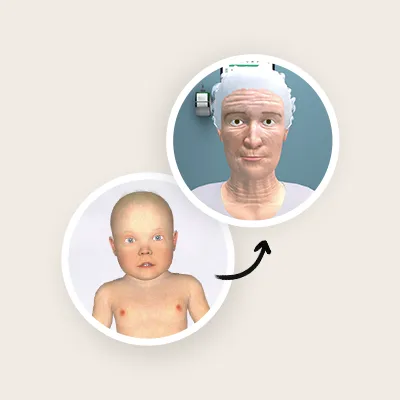The United States is currently grappling with a significant nursing shortage. The U.S. Bureau of Labor Statistics projects that more than 275,000 additional nurses are needed from 2020 to 2030, highlighting a serious recruitment crisis in the nursing sector.
Recently, Governor Kathy Hochul of New York has signed legislation (A3076-A/S447-C) into law, strengthening New York’s health care workforce by permitting nursing students to complete up to one third of their clinical training through simulation experiences.
An interesting approach is the incorporation of virtual patient simulations that would essentially speed up the process of allowing qualified nurses to apply for the NCLEX and enter the job market.
Simulation in Nursing Education
According to the 2014 NCSBN National Simulation Study, simulation can potentially replace up to 50% of traditional clinical time without compromising clinical competency, comprehensive nursing knowledge assessments, NCLEX pass rates, or overall clinical competency after six months of post-licensure practice. However, these benefits presuppose the use of high-quality simulators.
That’s where Body Interact comes in!
Body Interact: A High-Quality Virtual Patient Simulation Solution
Body Interact’s cutting-edge simulator for Nursing Clinical Education offers realistic and engaging virtual patient scenarios for high-quality clinical simulation experiences, fostering the development of clinical thinking and decision-making skills essential for confidently and effectively addressing healthcare challenges.
What are the benefits of using Body Interact?
- Enriches nursing curriculum incorporating simulation through virtual patient scenarios creating a holistic and unified learning journey, blending theoretical understanding with hands-on practical application.
- Provides nursing schools with a diverse range of clinical experiences without the need for physical clinical placements, demonstrating their commitment to providing high-quality simulation experiences by meeting the accreditation standards.
- Strengthens critical aspects for educators improving teaching and classroom management, preparing the students for future challenges
- Engages students with the opportunity to participate in evidence-based nursing practice by experiencing clinical scenarios, without risking patient safety.
Curriculum Integration of Virtual Patients
To meet the growing demand for Nursing professionals, educational institutions must offer high-quality activities and training that prepare students. Using Body Interact, schools can integrate inventive teaching methods, such as simulation-based learning.
This allows practical experience to develop critical thinking skills and also work hands-on skills through the Simtegration pedagogical strategy, where the teacher can combine virtual patients with other resources.
In the face of the nursing recruitment shortage challenge in the United States, Body Interact emerges as a potent solution. Through the use of virtual patient simulations, nursing schools can effectively enhance education, bridge skills gaps, and attract a new wave of competent professionals to meet the growing healthcare needs.
Discover how Body Interact can change Education
Contact us today to discover how Body Interact – Virtual Patients can accelerate Nursing Education.
Take the first step towards transforming your program.
Your students deserve the best.
by Ana Santa – Educational Content Development | Registered Nurse

& Tomás Pereira – Marketing Trainee









